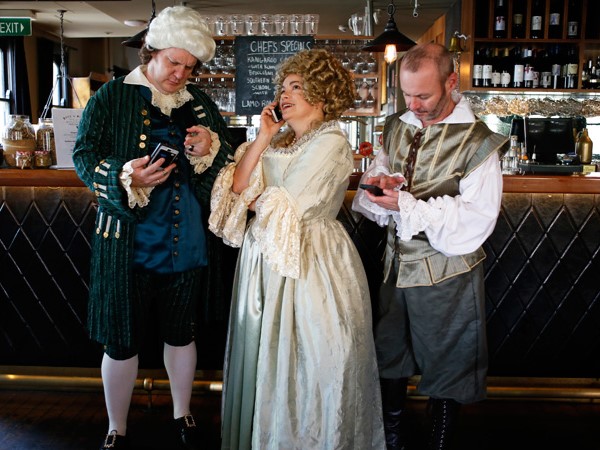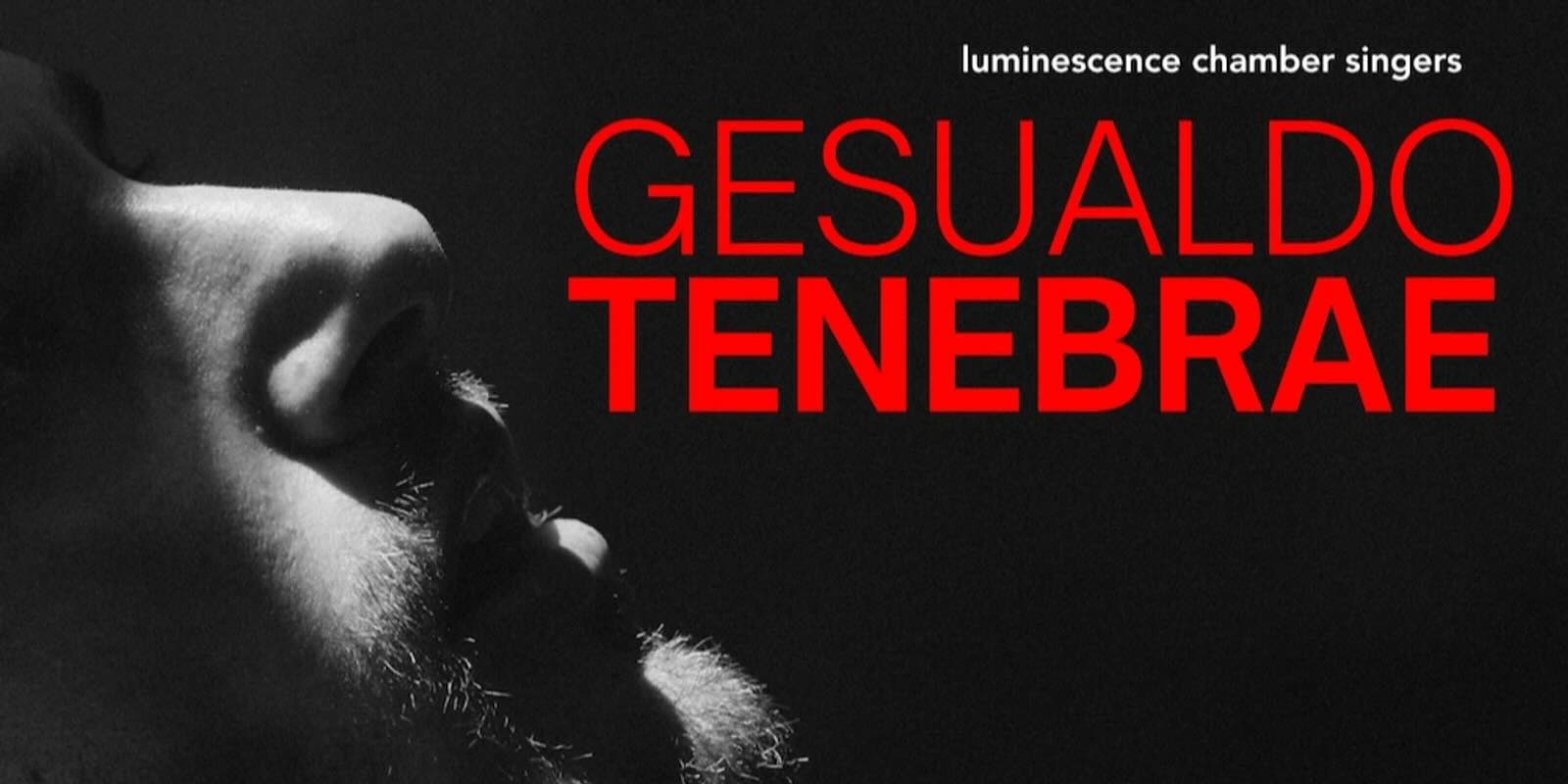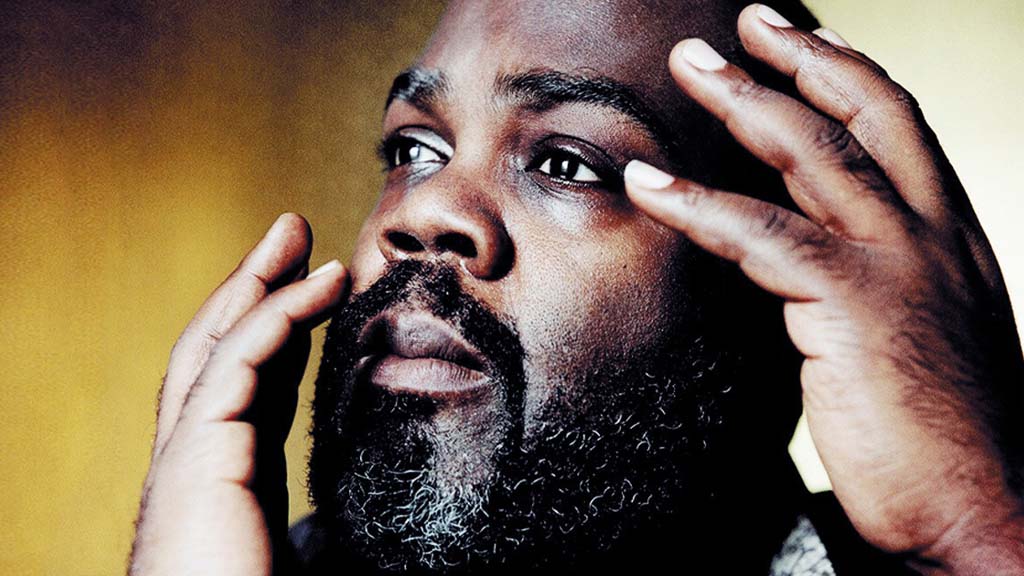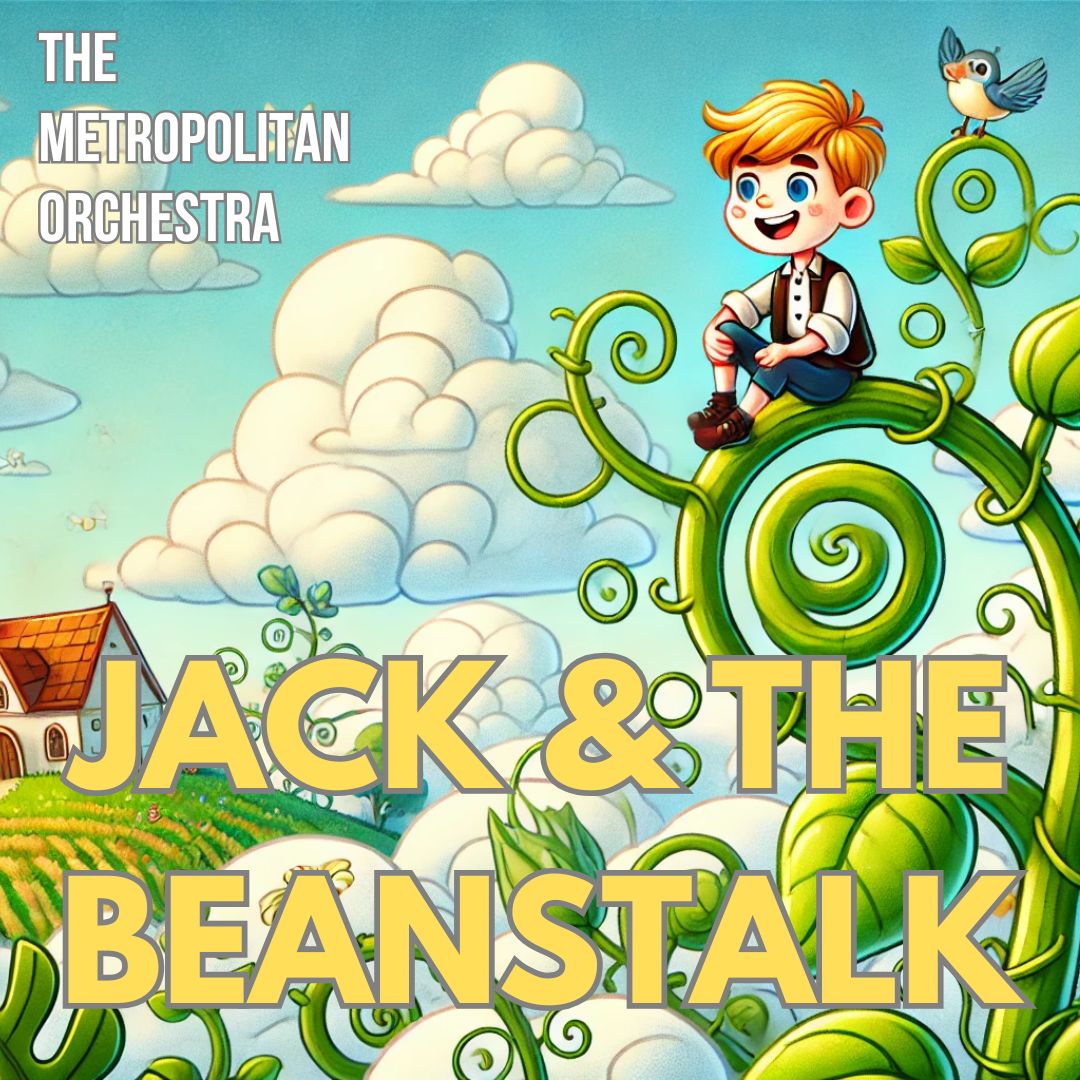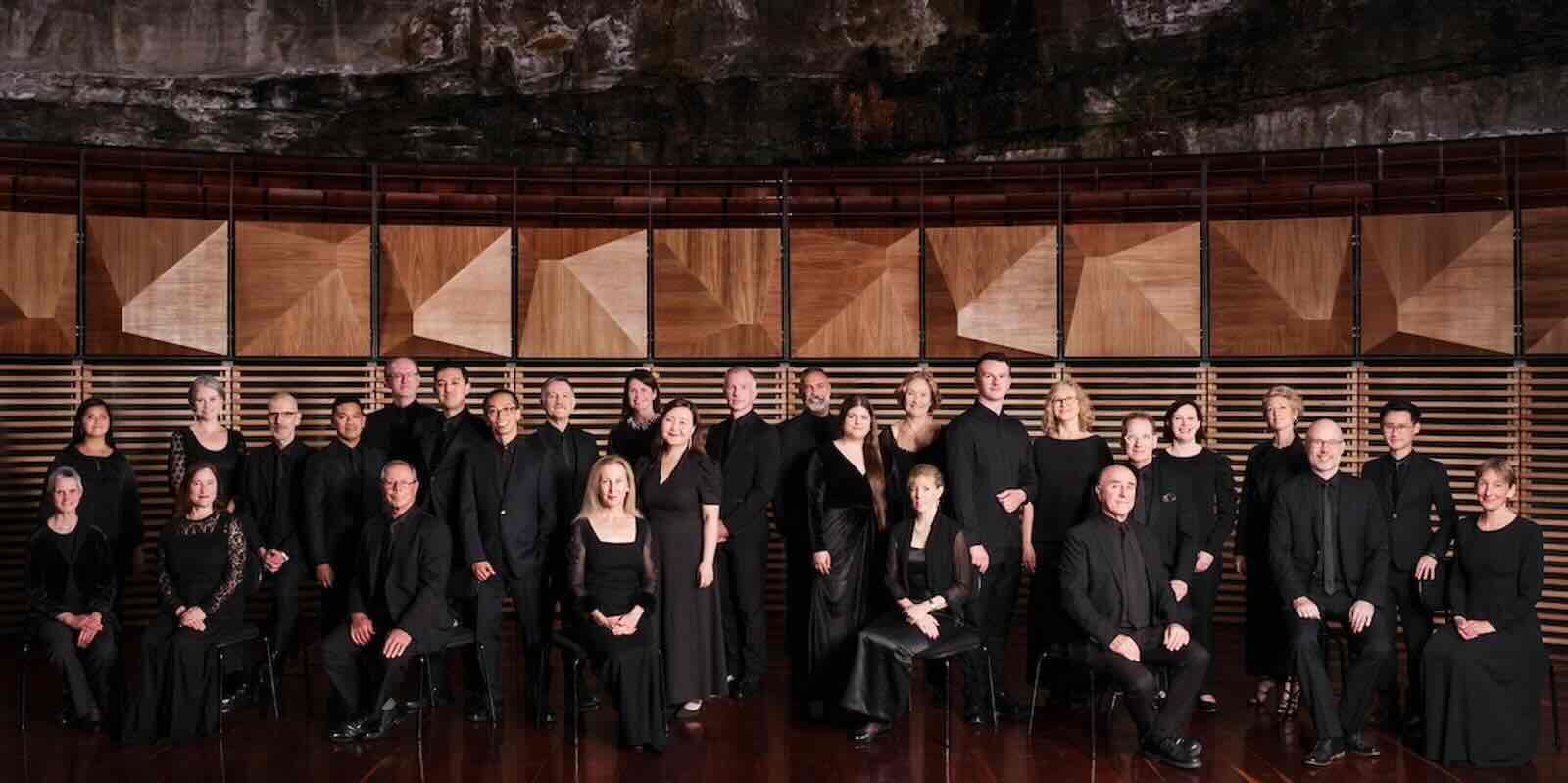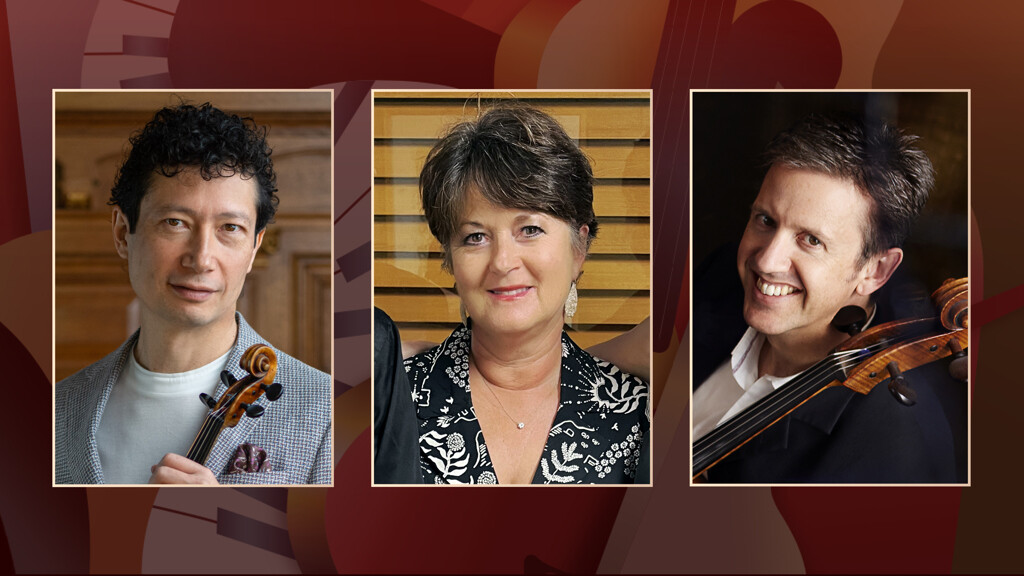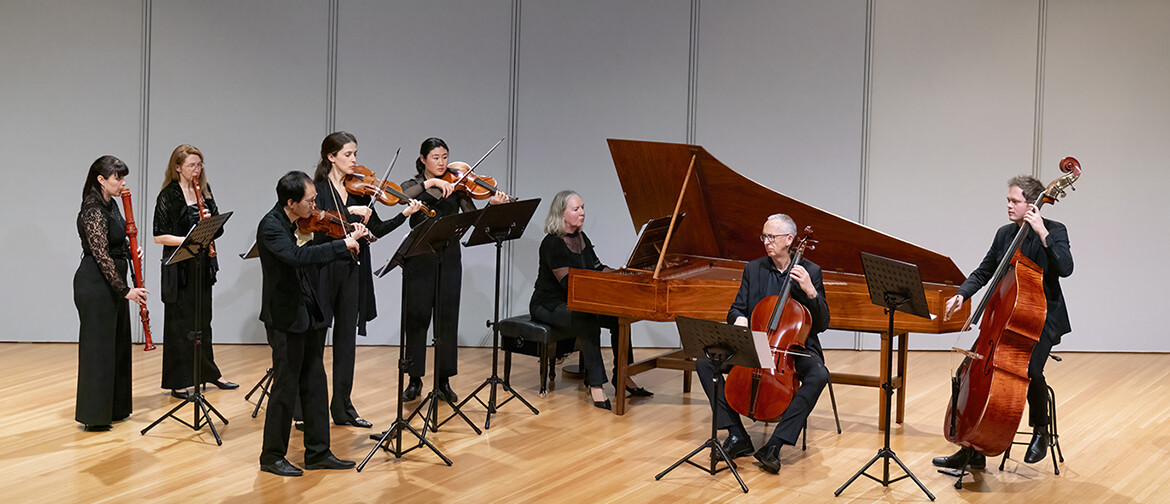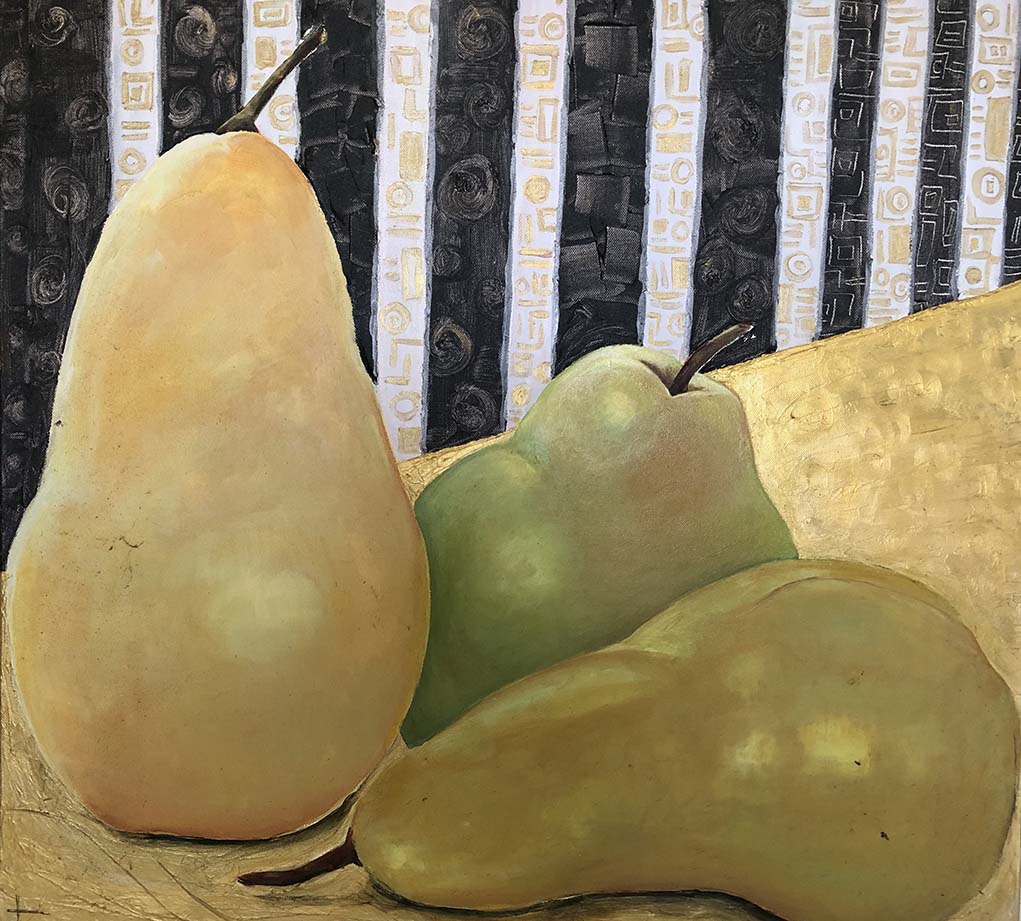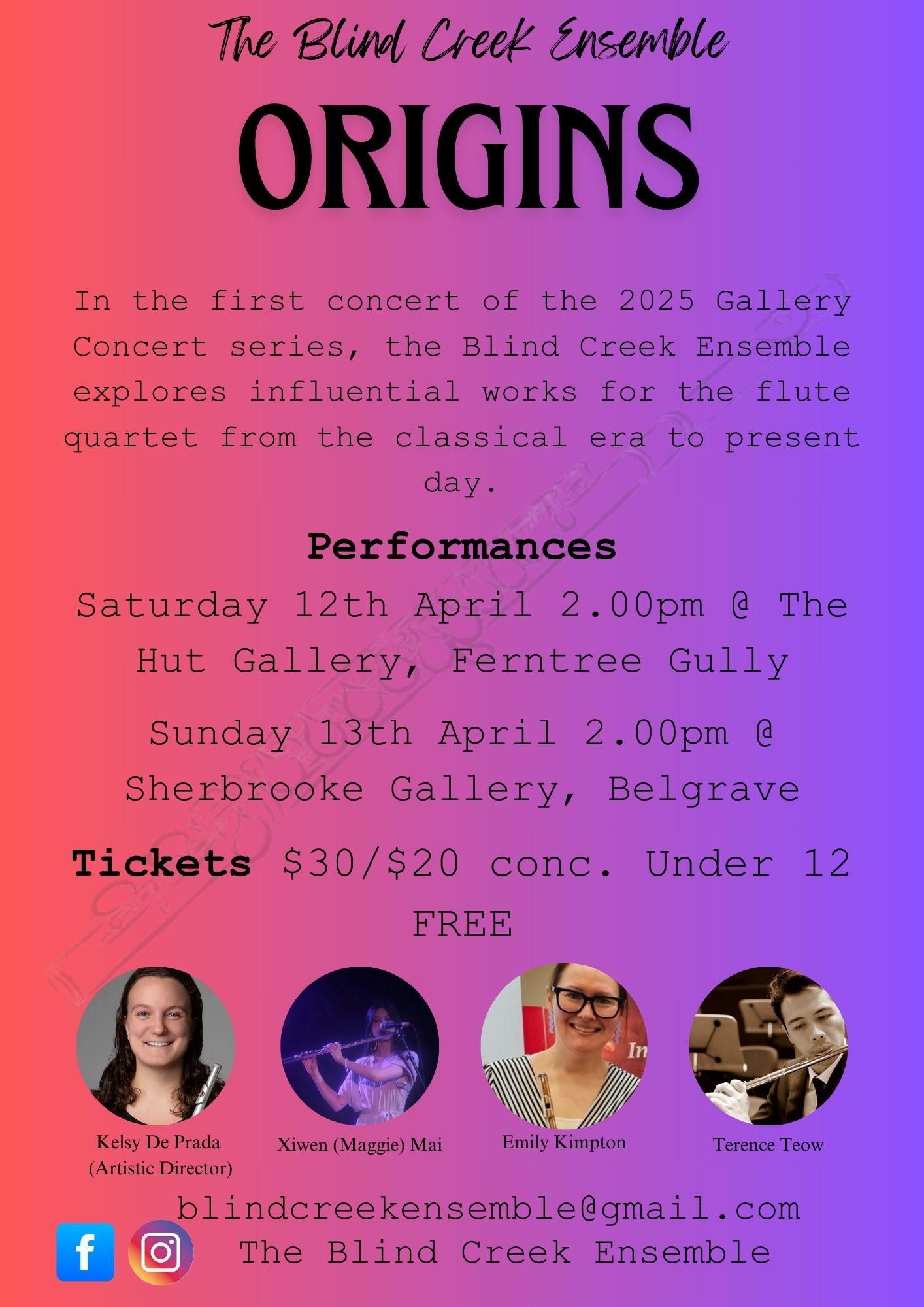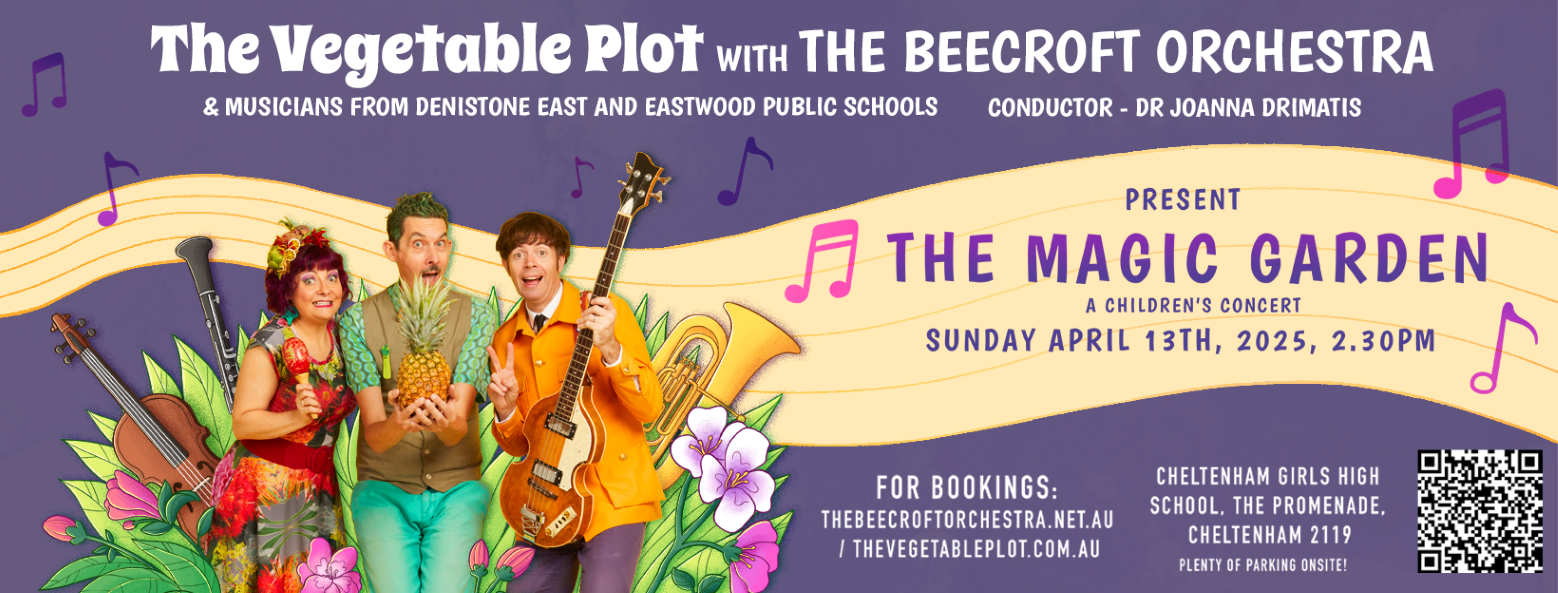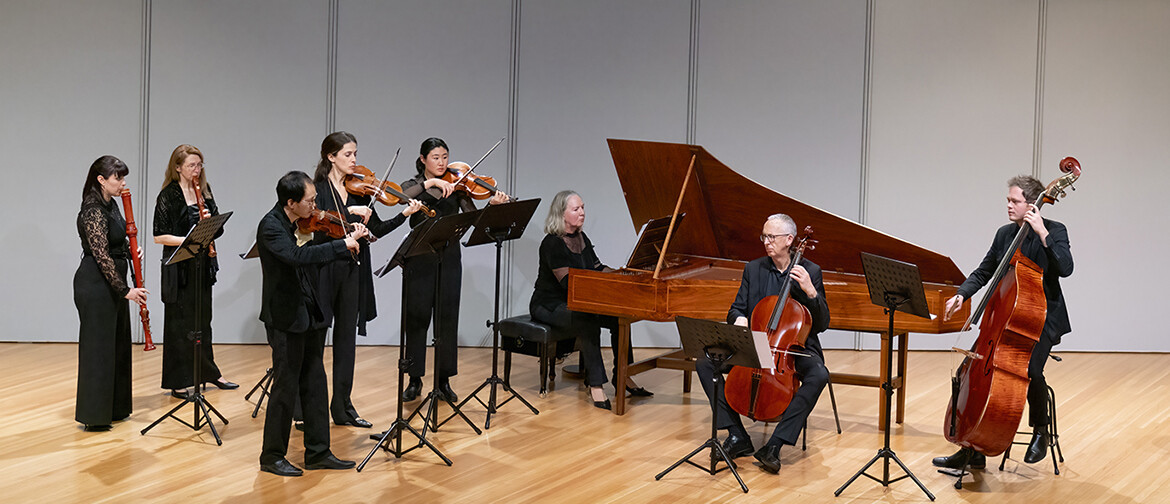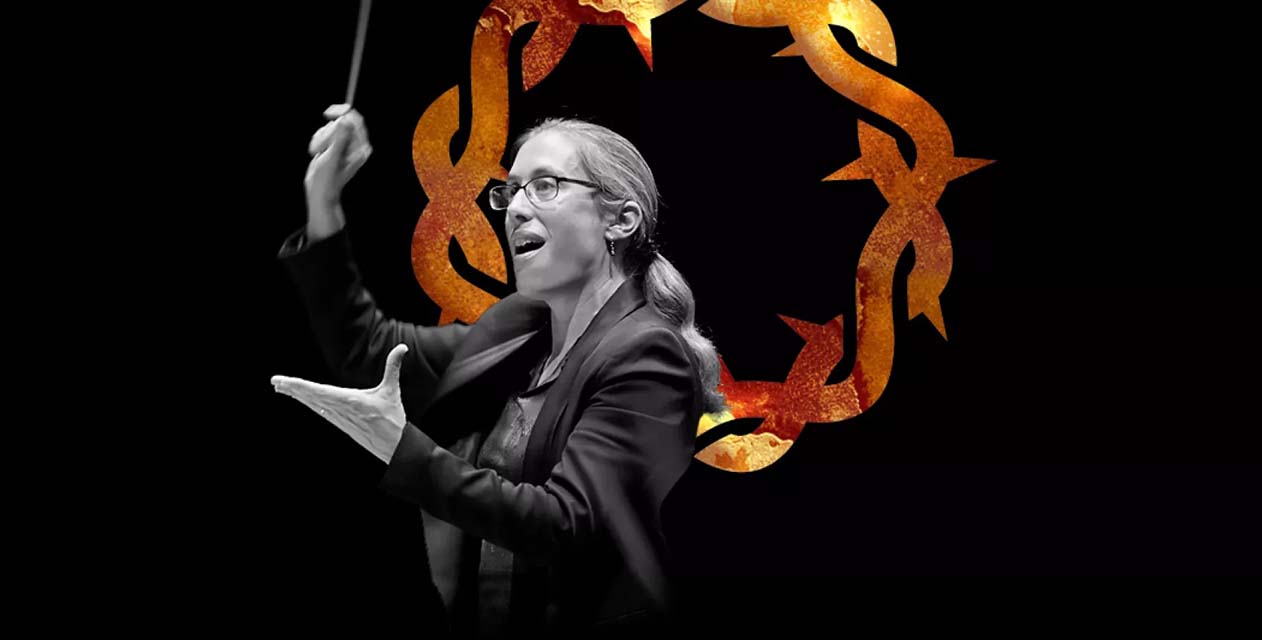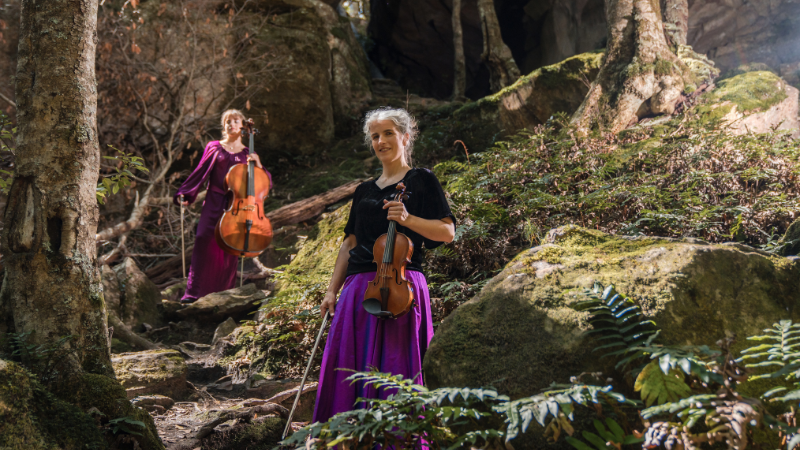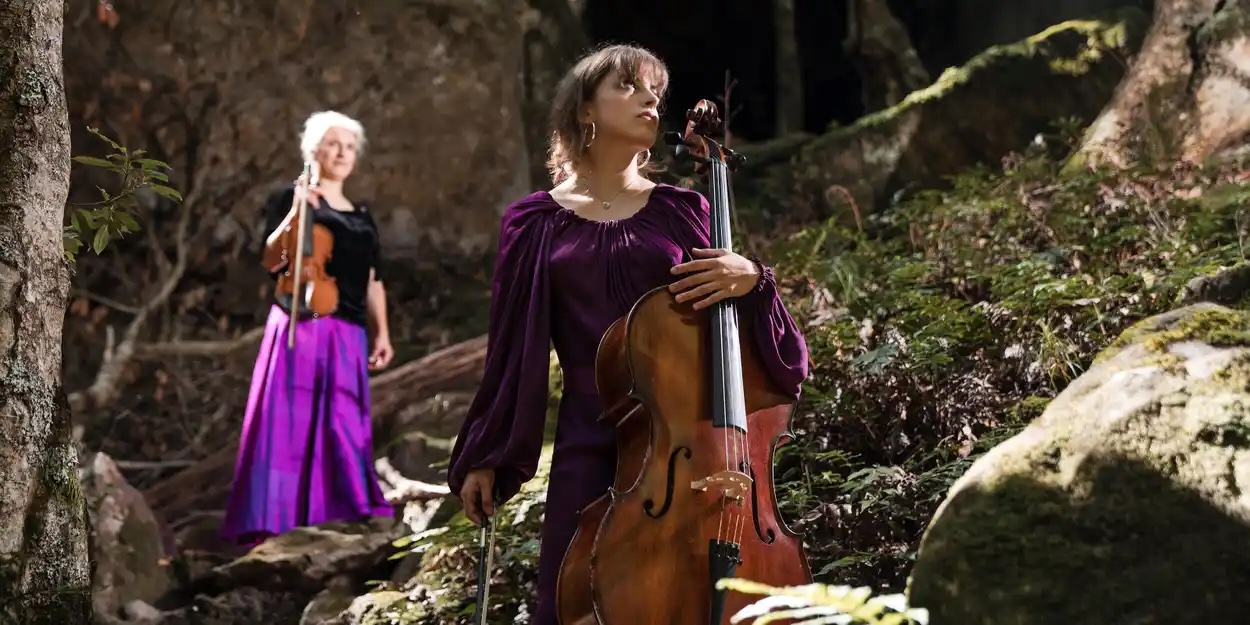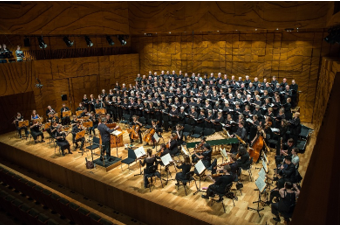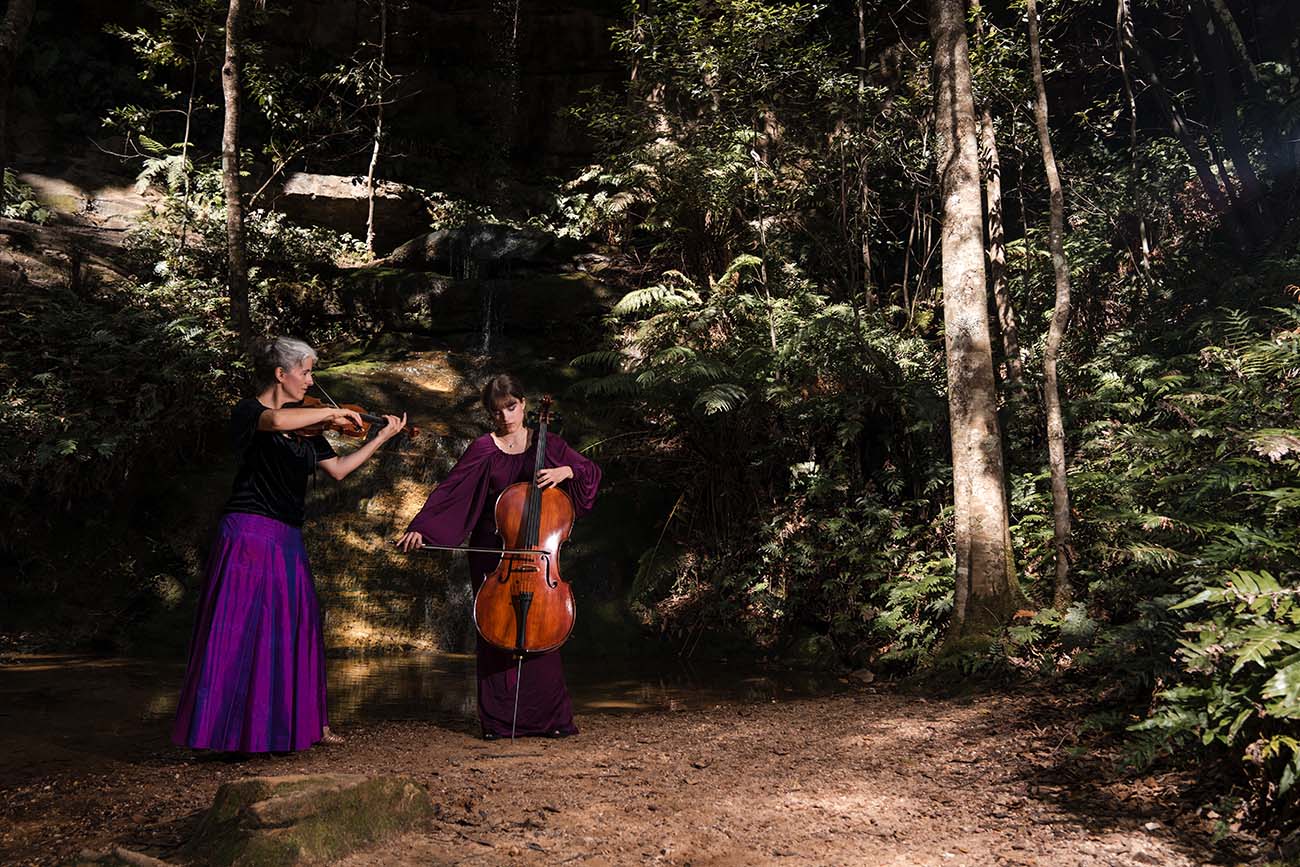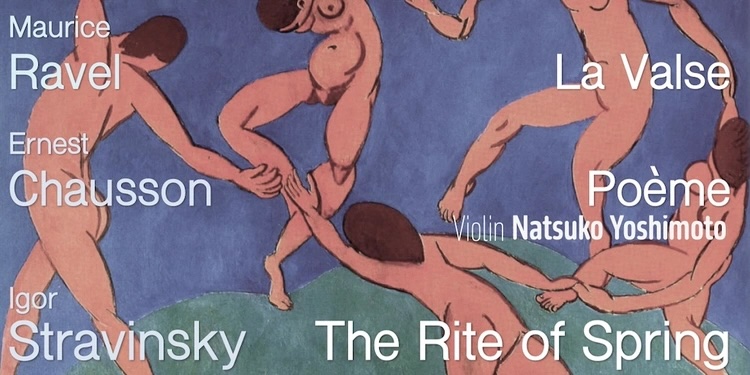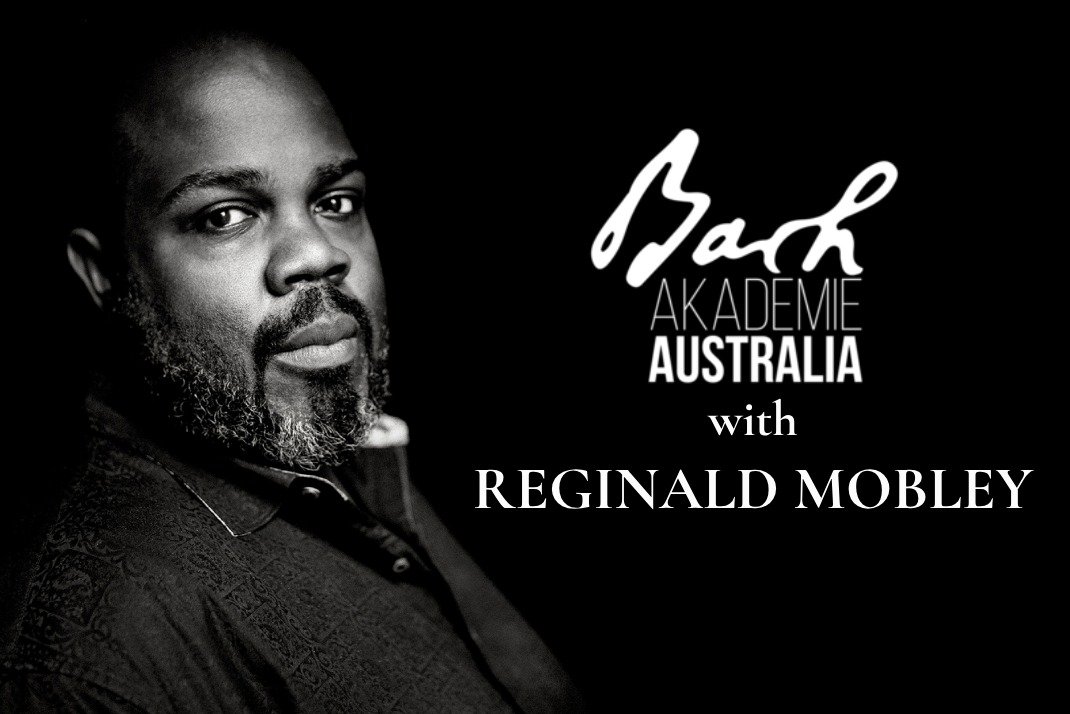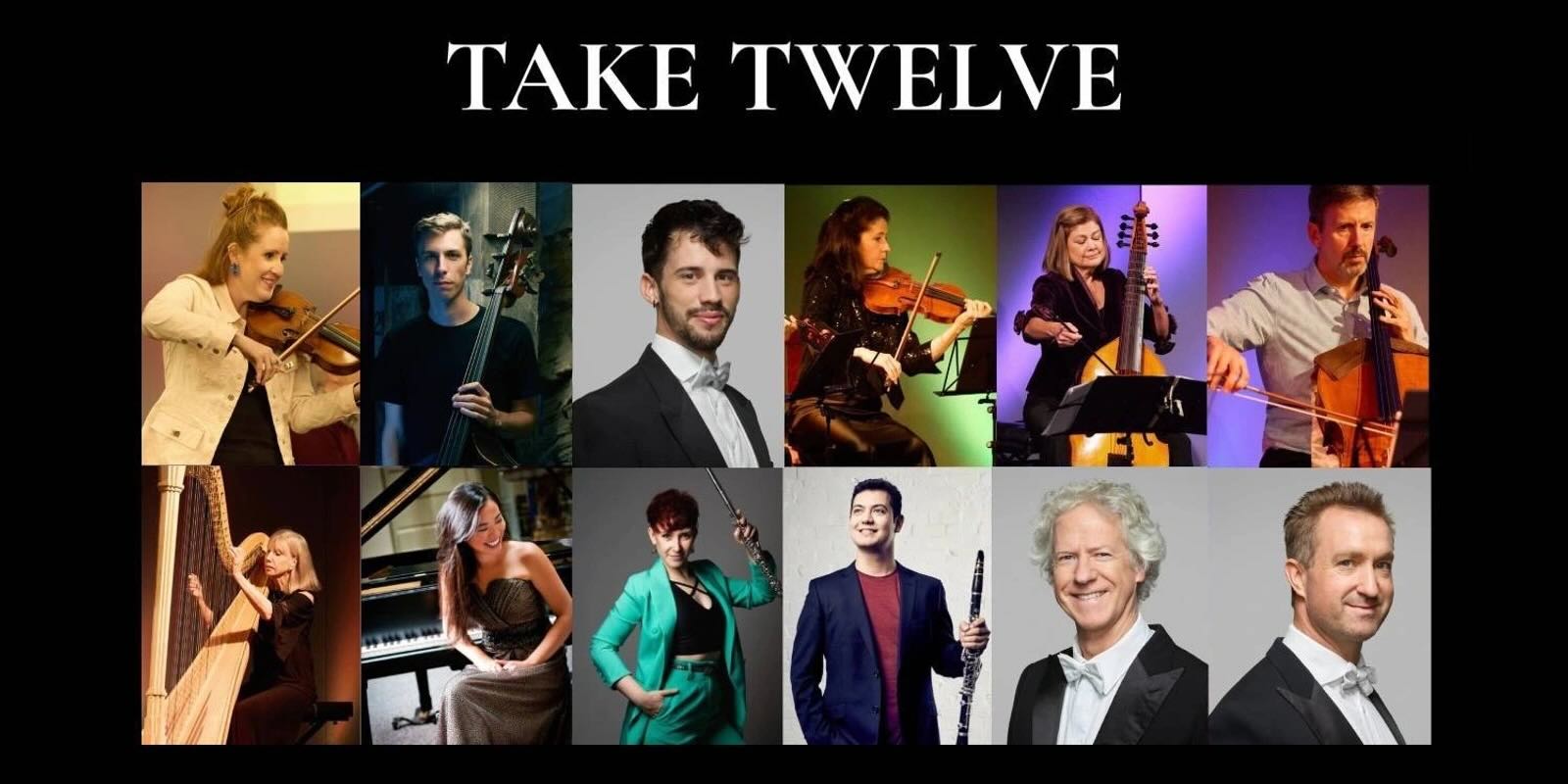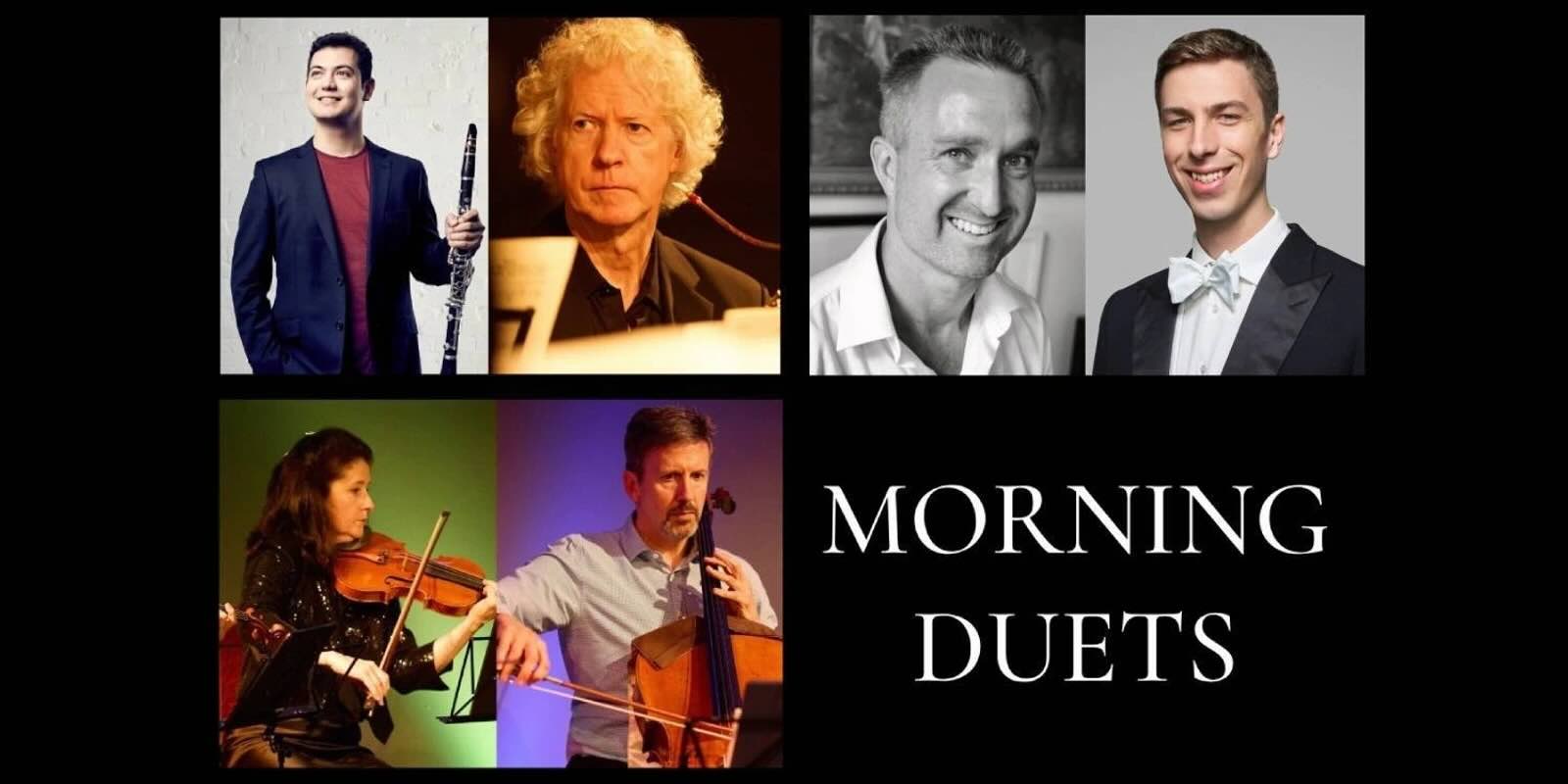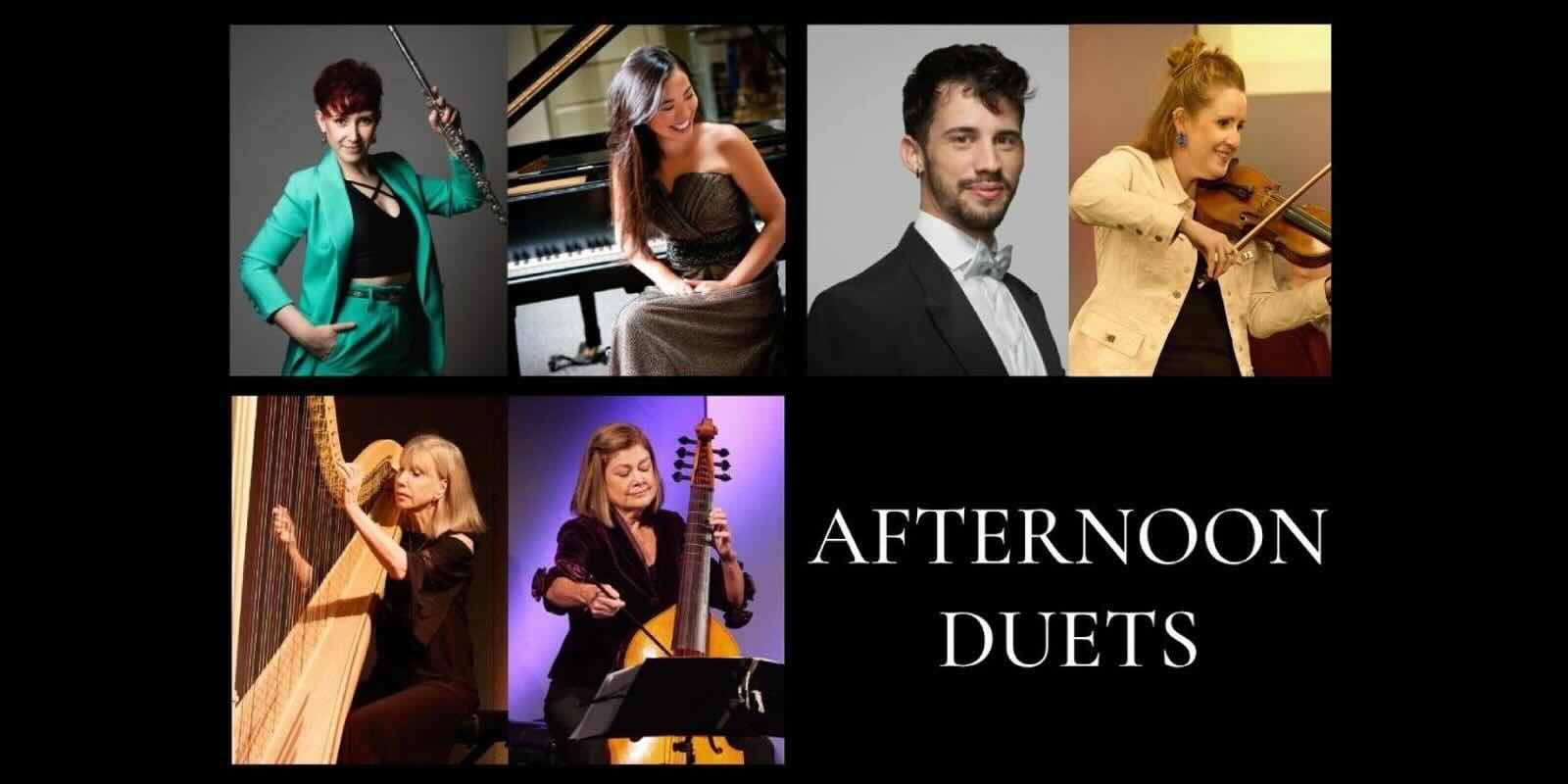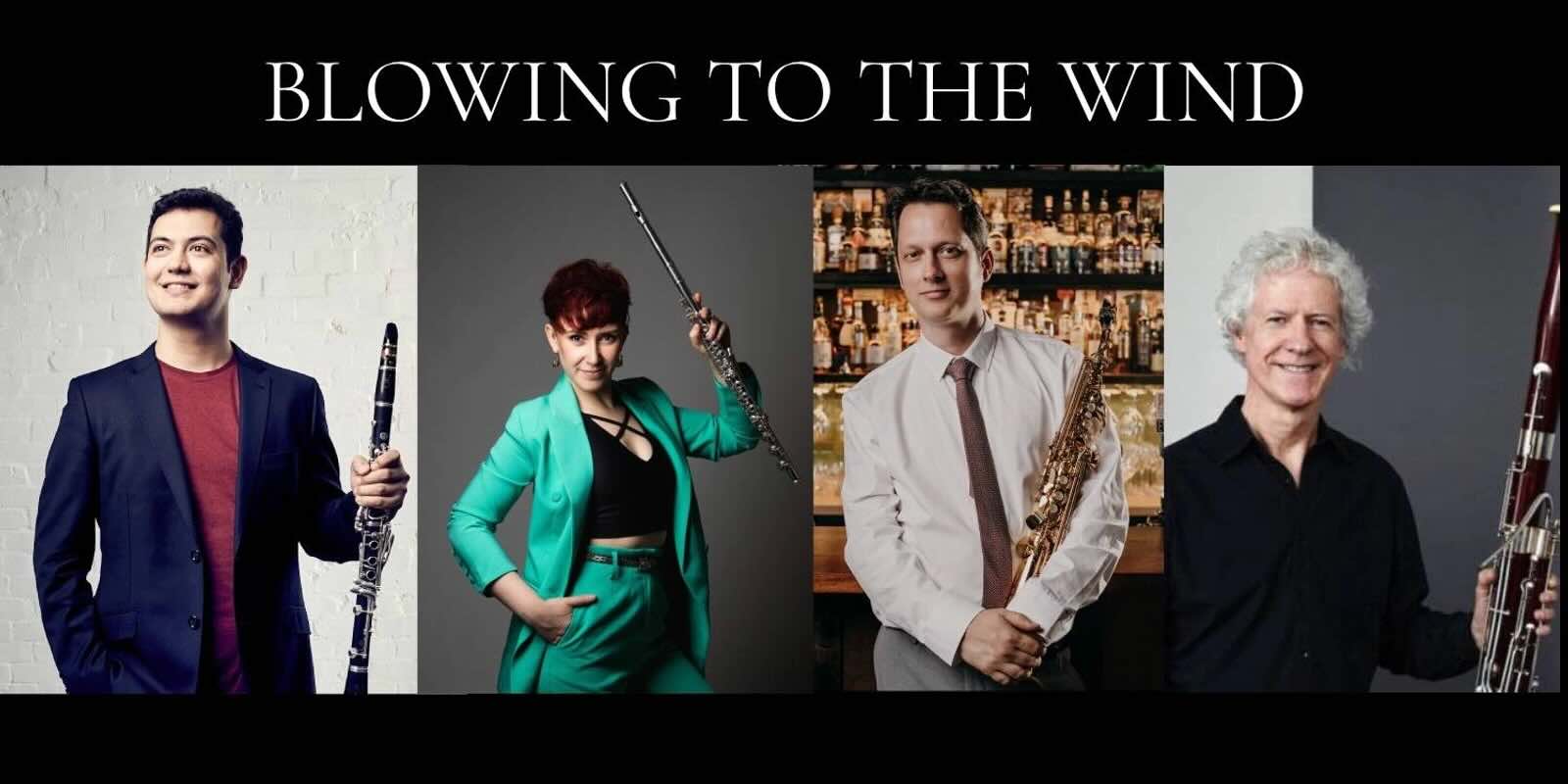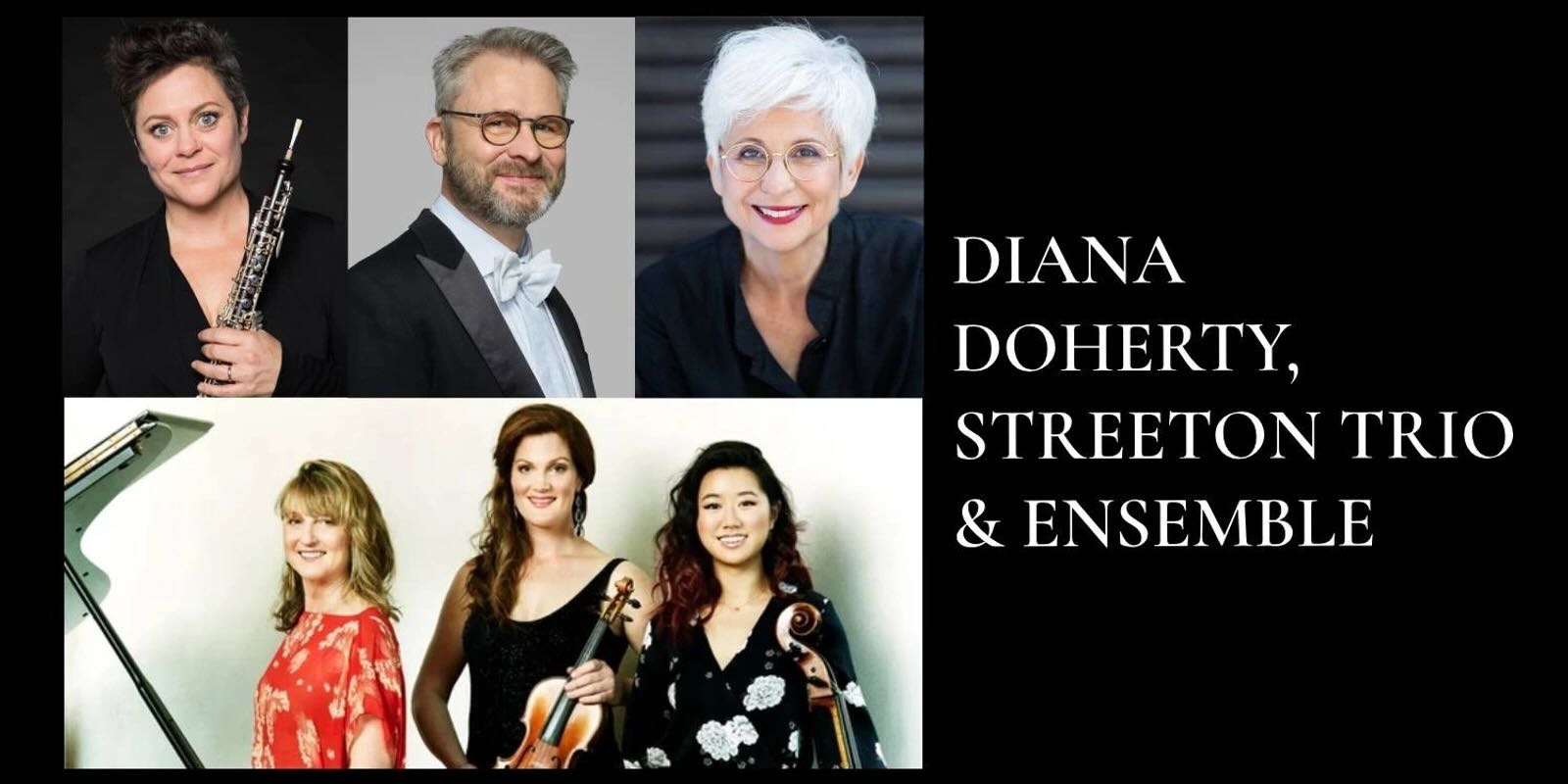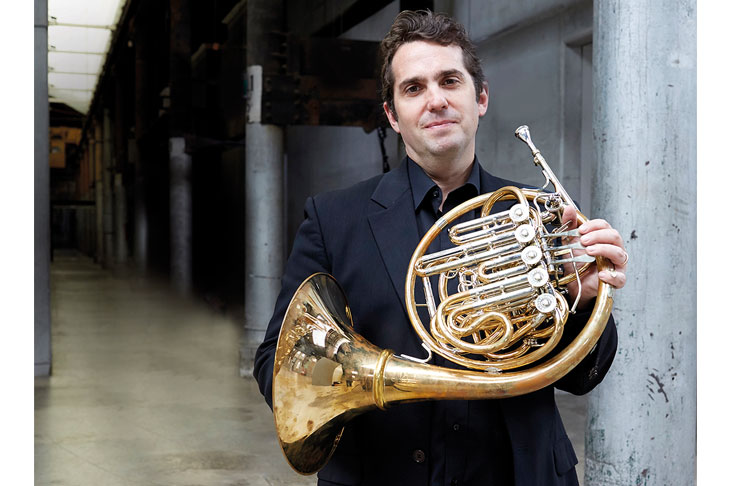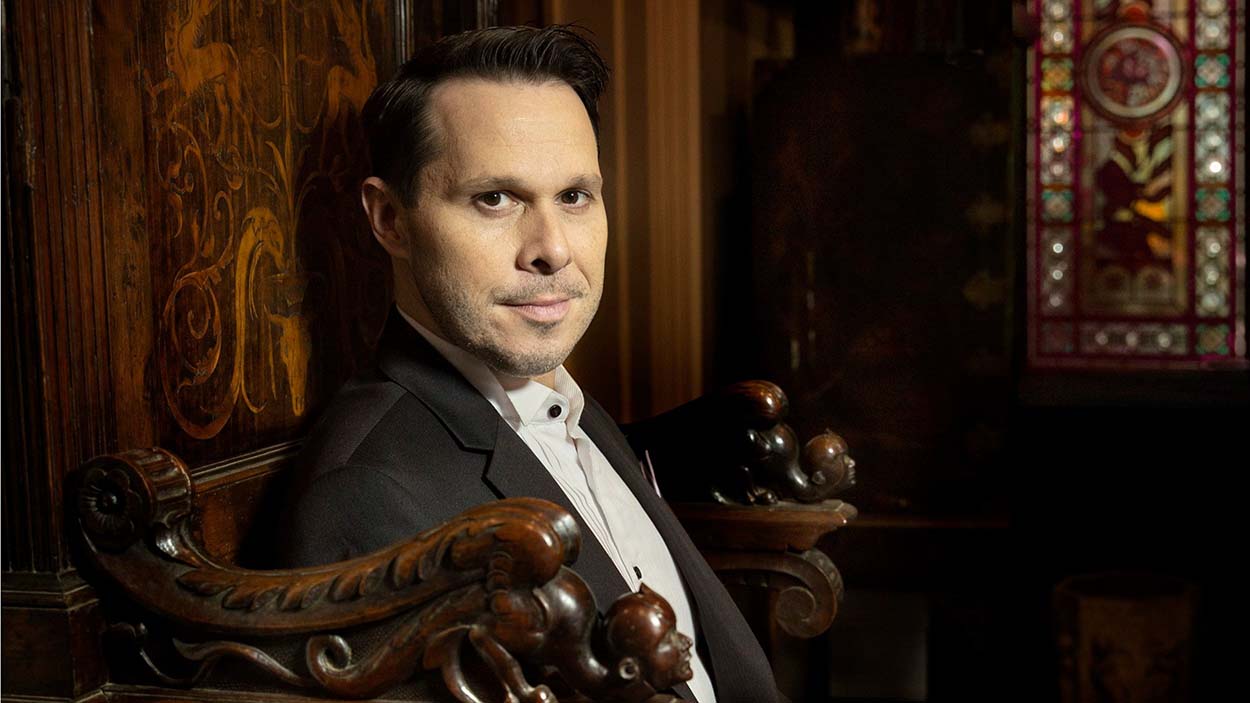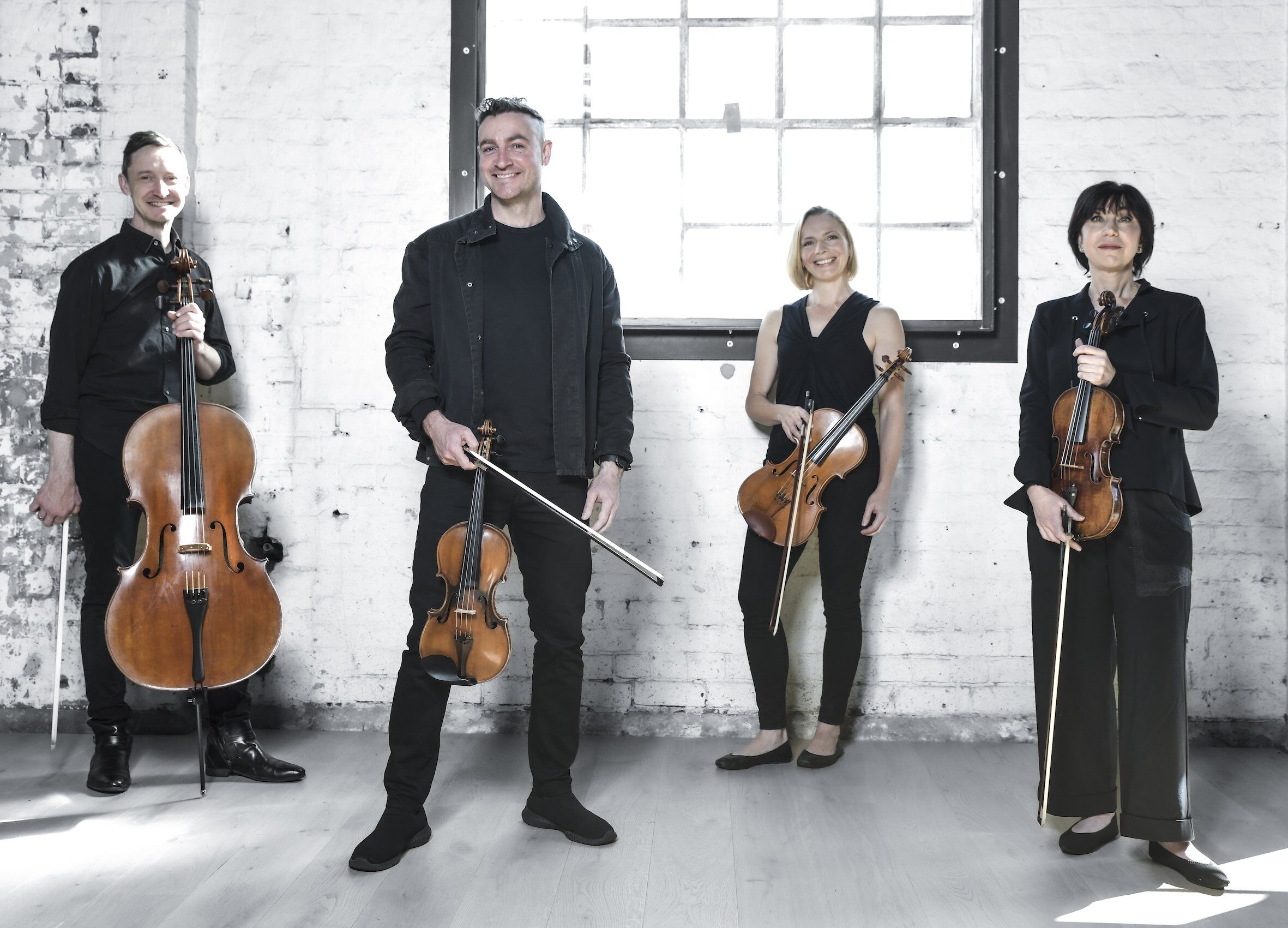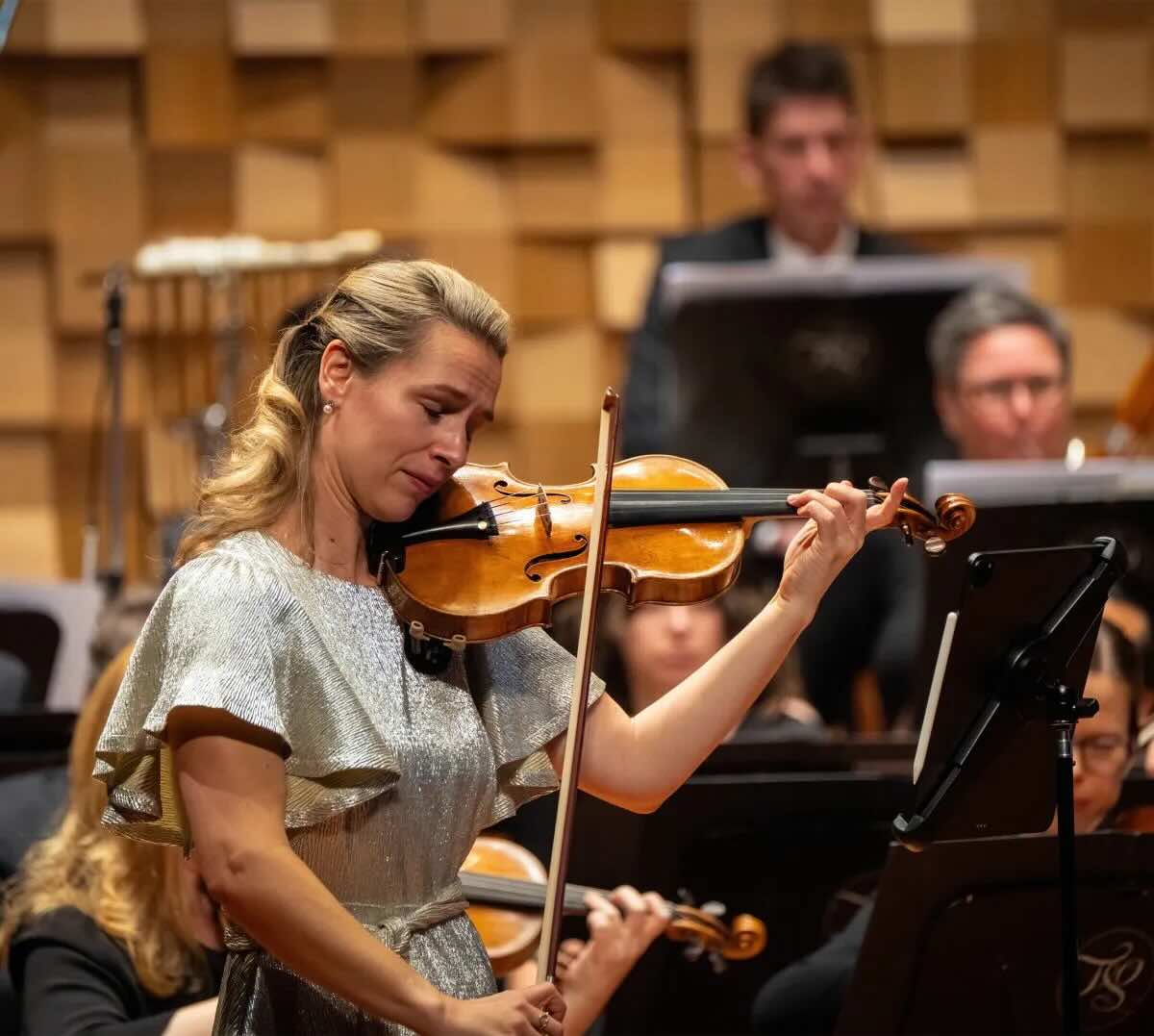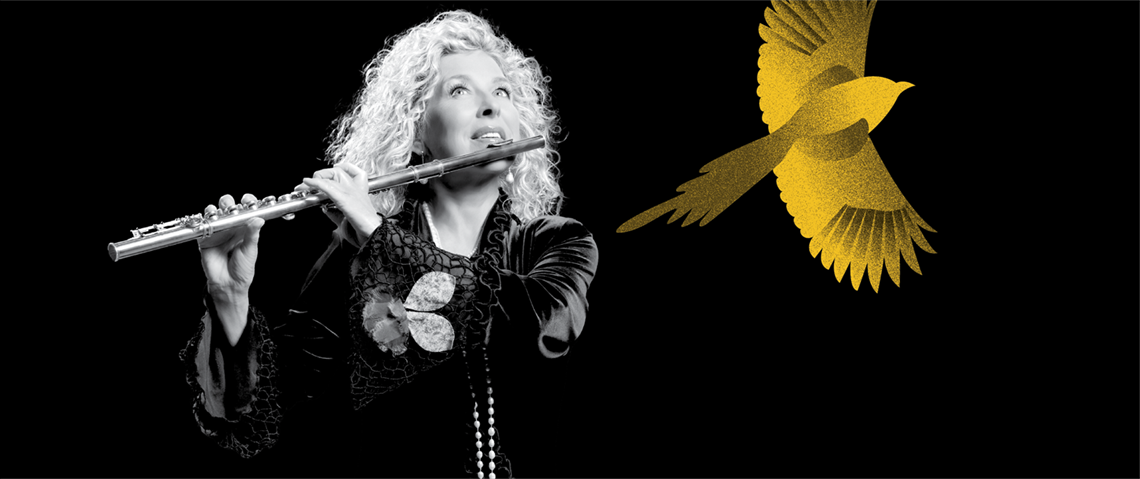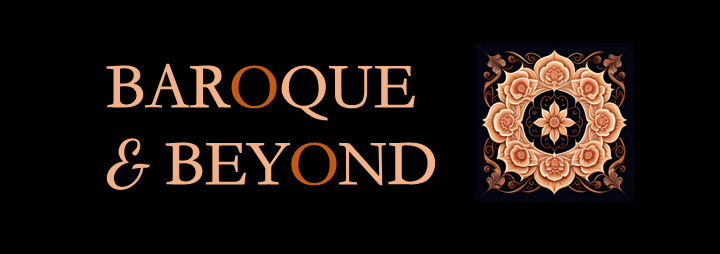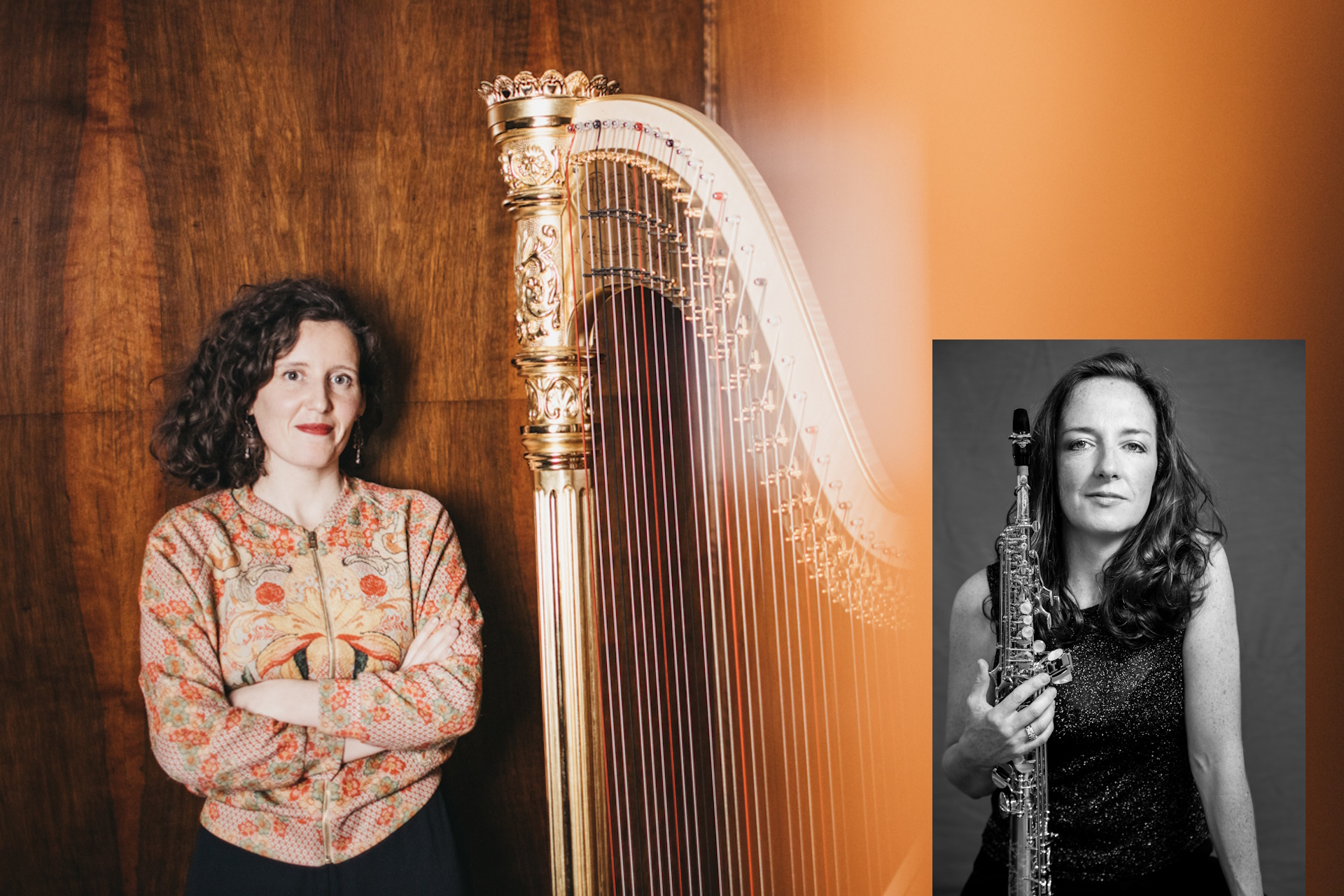Sydney Symphony Orchestra | Mozart and Bruckner
9 April, 2025, Sydney Opera House, Sydney, NSW
It’s refreshing to see the continuing trend of opening a concert with a composition by a contemporary Australian artist and the “overture” to this mammoth concert by the SSO was Blue Light Sphere by Kate Moore whose name is familiar to many concertgoers. Kate was born in Oxfordshire but grew up in Australia before completing her studies in The Netherlands where she now teaches at The Hague Conservatory. The composer writes of equilibrium, electricity and ecstasy and certainly there were loud episodes surrounding shimmering calmness with peace eventually triumphant – the overall effect was quite uplifting and the composer was present to witness the generous applause.
Many of Mozart’s Piano Concertos are very familiar. No 19 in F is not one of them, but it is nonetheless a beautifully conceived work which presents varied challenges to the soloist and orchestra alike. The two main subjects are both intricately developed with the woodwinds and there is a contrasting dramatic section in C minor. All three are represented in the cadenza, Mozart’s own, typically adorned with copious diminished sevenths. The Allegretto which follows is faster than most of the composer’s central movements and is lyrical yet contemplative, though again interrupted by a more forceful section in the minor mode. A boldly stated march-like theme which opens the Finale surprisingly gives way to a four-part fugue on the lower strings which is later repeated with the addition of the soloist. Meanwhile, the main theme is developed brilliantly ending after a brief but cleverly representative cadenza. A charming and appealing Concerto.
Lise de la Salle has been hitting the highlights for over 20 years, having performed in most of the major concert halls with conductors as varied as Davies and Bychkov while she also gives master classes and teaches in her native France. She appeared intensely at one with the music with sweeping movements of not just her hands but also her body playing with instinctive emotions. She really brought the spirit of Mozart to life, this made the fact that she had a music sheet in front of her even more surprising.
Anton Bruckner is a bit of a musical enigma, his life being full of contrasts. Clearly gifted at an early age, he continued to take lessons well into adulthood. His extreme humility was in sharp contrast to the huge scope of his symphonies, his hatred of the prominent antisemitic atmosphere did not prevent his adulation of and close friendship with Richard Wagner while his success did not stop his living the life of a penniless bachelor in a tiny dwelling. Brahms also showed duplicity praising his music yet famously asking, “Why does he have to repeat all of his ideas three times -didn’t he like them the first time!”

Once he started to compose large scale works he came to the public’s attention, but it was not until he reached middle age that he achieved international fame which was cemented by his Seventh Symphony, which he composed in 1884-85. It is a large-scale work and in that respect is reminiscent of the Symphonies of Gustav Mahler – a comparison which Bruckner tried to distance himself from. The work opens with a serene melody which recurs throughout often interspersed with the second and third subjects. The slow (very slow) movement is in C sharp minor (closely related to the home key of E). Like Brahms’ 1st Symphony, it includes references to Beethoven’s 9th, it also brings in the four “Wagner Tubas”, actually horns in a lower register which announce a louder faster section. Bruckner heard of Wagner’s death while he was composing this movement hence the horns and the dramatically loud ending. The Scherzo which follows is probably the best known, and indeed forms a basis for some of John Williams’ film music e.g., for “Superman”. The main theme wanders skittishly with numerous modulations surrounding a typically laid-back Trio. The Finale is rather understated in comparison and often references the first movement but nevertheless ends triumphantly.
I have never witnessed a greater reception to an SSO concert. No doubt many were unfamiliar with Bruckner’s music and appreciative of how approachable it was on first hearing. Lawrence Renes, the conductor, inspired a faultless orchestra and, in the Mozart, appeared to be joined to the soloist at the hip.
I look forward to hearing other Bruckner Symphonies particularly the Third, my favourite.



